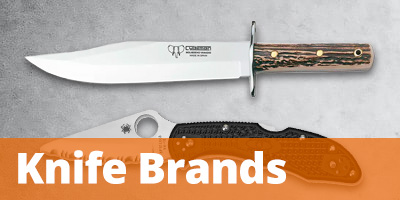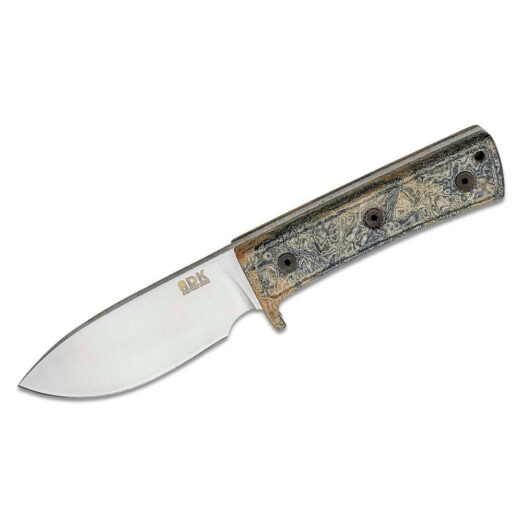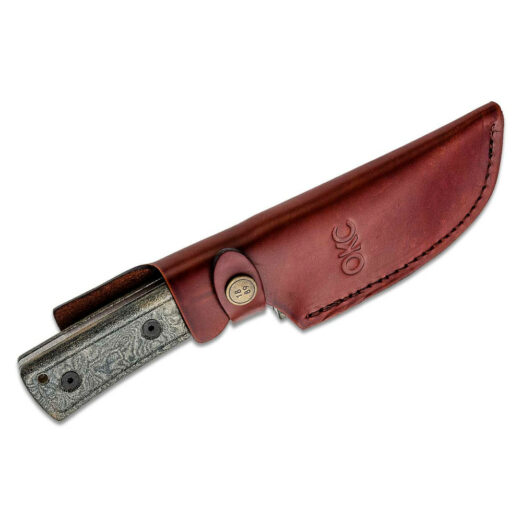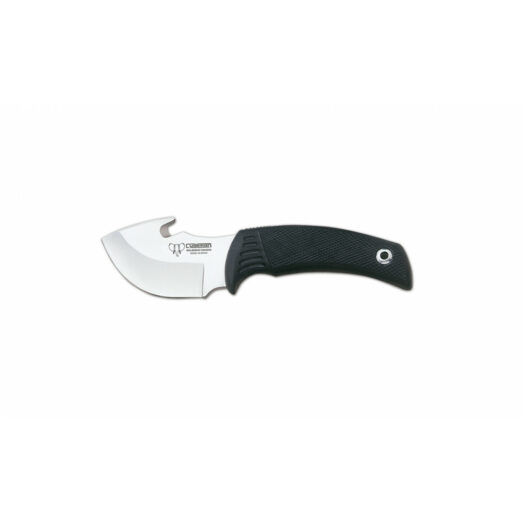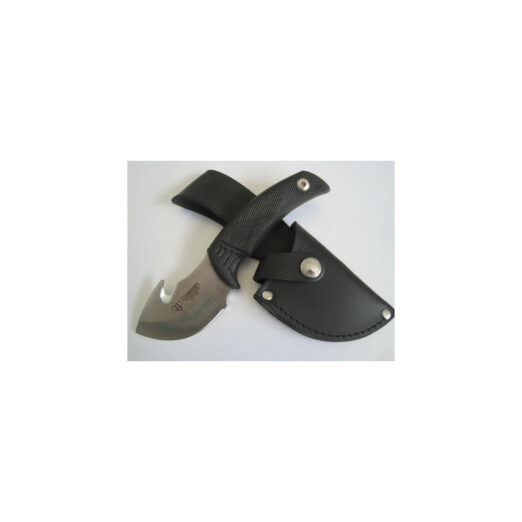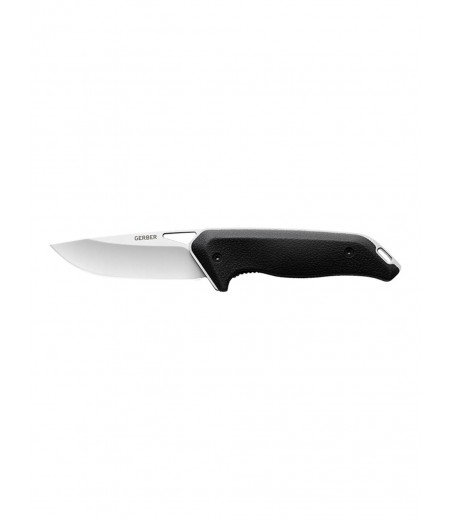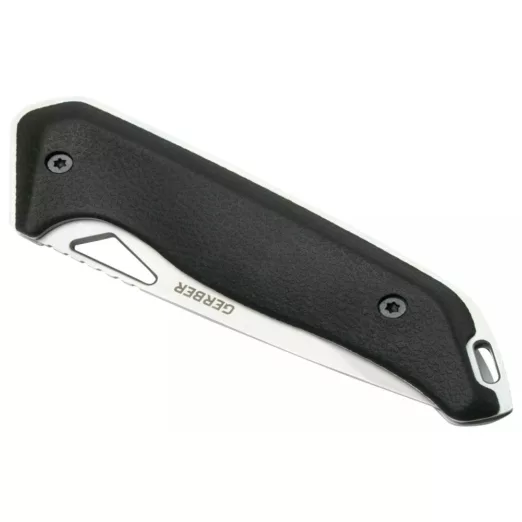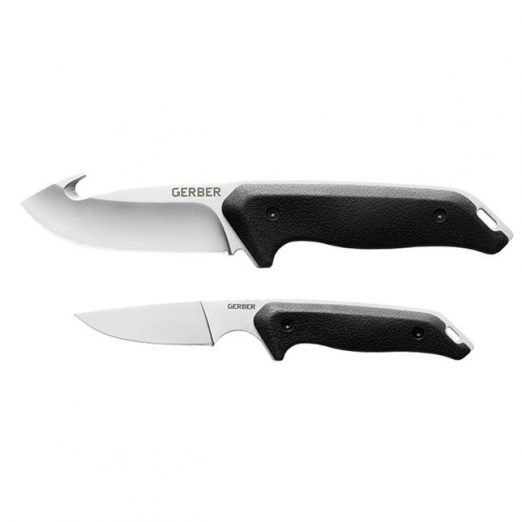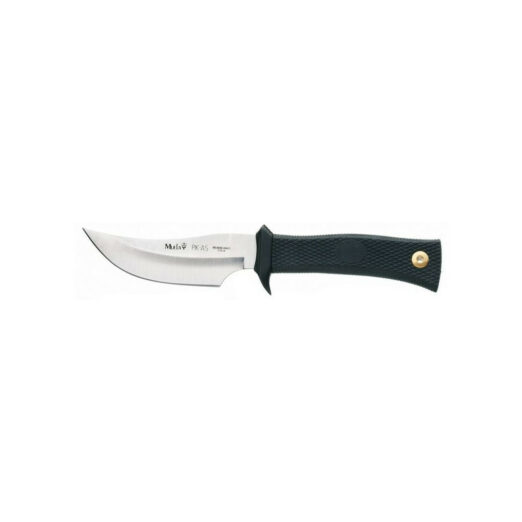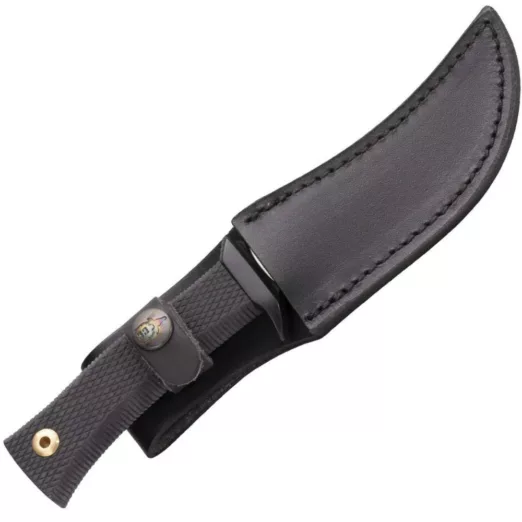The history of skinning knives dates back to prehistoric times when early humans used sharpened stones and bones to skin animals for food and clothing. As civilization progressed, the design and construction of skinning knives evolved to meet the needs of hunters and outdoorsmen.
In ancient times, skinning knives were often made from materials such as flint, obsidian, or bone, with a simple curved blade for removing animal hides. As metalworking techniques advanced, skinning knives began to be made from copper, bronze, and eventually iron and steel, providing greater durability and longevity.
During the Middle Ages, skinning knives became more specialized with the introduction of the gut hook, a small notch on the back of the blade that could be used to open the abdomen of an animal without piercing the internal organs. This innovation enabled hunters to remove the hide more easily and efficiently.
In the 19th century, industrialization led to mass production of skinning knives, with many manufacturers specializing in producing these tools for hunters and outdoorsmen. The design and construction of skinning knives continued to evolve, with new materials and features such as serrated edges and ergonomic handles being introduced to improve performance and comfort.
Today, hunting skinning knives come in a variety of shapes, sizes, and materials, designed to meet the specific needs of hunters and outdoorsmen. They are highly specialized tools that require expert craftsmanship and attention to detail to ensure optimal performance and safety.
Overall, the history of skinning knives is a testament to the ingenuity and resourcefulness of humans throughout the ages, as they have continually developed and refined these essential tools for survival and sustenance in the great outdoors. Happy Hunting.

